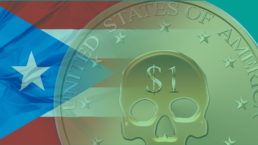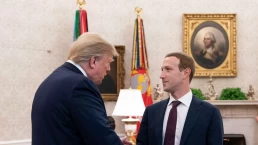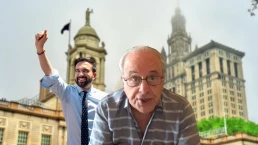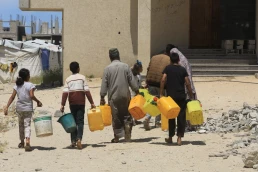The debt restructuring plan does not really alleviate the burden from Puerto Rico’s debt. On the contrary, it guarantees more pain and a future debt crisis.
By Sarah Molinari & Marisol LeBrón, TRUTHOUT
On January 18, Judge Taylor Swain of New York’s Southern District confirmed Puerto Rico’s eighth amended Plan of Adjustment (POA), setting into motion the closure of the largest municipal debt restructuring deal in the history of the United States. The POA modifies approximately $33 billion of the central government’s debt as part of Title III — the bankruptcy-like process established under the Puerto Rico Oversight, Management, and Economic Stability Act (PROMESA) — which has already cost Puerto Ricans $1 billion.

Since its announcement, the POA has been touted as putting an end to five years of brutal structural adjustment. For instance, Natalie Jaresko, executive director of the unelected Financial Oversight Board that has dictated Puerto Rico’s finances since 2016, celebrated the POA as a “new chapter in Puerto Rico’s history.” Gov. Pedro Pierluisi suggested that while the POA is “not perfect,” it ultimately protects Puerto Rico’s vulnerable public sector. In contrast, a multisectoral coalition of teachers, labor, pensioners, students and activists expressed immediate rejection of what they call the “plan del tumbe” (the shakedown plan). These groups have long been demanding a comprehensive debt audit, calling attention to the POA’s everyday implications, and resisting its confirmation by mobilizing online, in the streets, the legislature and the courts.
Rather than a “new chapter,” the POA affirms a debt that has not been meaningfully audited and that forecloses the pursuit of legal action against banks and underwriters as well as debt illegalities that the Financial Oversight Board itself previously challenged in court. Despite rhetoric from powerful political and financial elites in Puerto Rico and the United States, the POA will bring little relief to Puerto Ricans struggling under the weight of crushing austerity in an archipelago that is increasingly geared towards attracting foreign capital and incentivizing the settlement of wealthy North Americans in Puerto Rico as a means of boosting an anemic local economy while Puerto Ricans are increasing forced to migrate in search of economic stability
Recent Posts
“Arrest Now, Ask Questions Later”: Why Did L.A. ICE Agents Arrest and Jail U.S. Citizen Andrea Velez?
July 3, 2025
Take Action Now “They didn’t have vests that said ICE or anything. Their cars didn’t have license plates. … Just because of the color of our…
Trump’s Big, Beautiful Bill Is Naked Class War
July 3, 2025
Take Action Now Trump’s “Big, Beautiful Bill” trades tax cuts on millionaires for the dissolution of society.By Hamilton Nolan, In These Times…
Mayor Mamdani’s First Day, A Zero Hour Conversation With Richard Wolff
July 2, 2025
Take Action Now If elected, what would Mayor Mamdani do on his first day in City Hall? How would a democratic socialist govern as a big-city mayor?……
The U.S. Is Funding A Bloodbath At Gaza Aid Centers
July 2, 2025
Take Action Now The admin just gave $30M to GHF, the organization at the center of charges that Israel is weaponizing assistance and shooting at…




